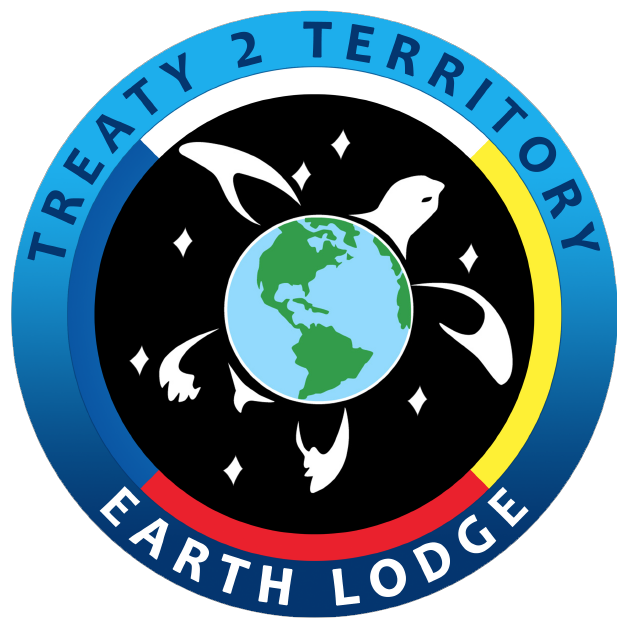The numbers for COVID-19 in Manitoba have done fairly well for the past few weeks; however, medical experts and scientists warn that COVID-19 will be around for awhile. Protocols for social distancing are beginning to relax, but schools planning for the 2020-2021 school year still need to consider the safety of students and staff. Summer may be just beginning but many educators are pondering whether in-school classes will be feasible in September. Educators are reflecting on what that could look like or what another term of virtual learning may hold for students.
COVID-19 has taught many that human beings are not in control of nature and/or the environment. This teaching has largely been a part of an Indigenous worldview since time immemorial. Essentially, this worldwide pandemic shut down the world’s economy for weeks. Capitalism came to a screeching halt. And if we’ve learning anything from the past few months, it can certainly happen once again. As we watch the number of infections climb in other provinces and in the US, we remain humble to the fact that there is a risk that numbers could climb here in Manitoba as well. We remain aware that a second wave is possible. We don’t know what the future holds for schools and students at this time.
The possibilities that schools may want to consider:
- In-school learning resumes in September with no need for social distancing practices
- In-school learning resumes in September with a need for social distancing practices (how does this work for children and teens?)
- Distance learning which includes virtual (online) and take-home packages (planning for those students who may not have access to a computer and/or internet)
Schools and educators will want to create a plan and/or road map for possible scenarios so that they are prepared to the best of their ability while remaining adaptable and ready for change. The goal of schools will remain the same: Work to provide the best education to students centered around First Nations (Indigenous) ways of knowing, learning and assessing.
Here is a list of considerations that many schools districts are exploring:
- Reducing class sizes
- Lunch hour protocols
- Staggering the start/end of the school day
- Staggering student attendance (ie. students attend on-site based on parent/caregiver feedback and student needs) – personalized learning for students based on their need(s)
- Bus/transportation service (protocols)
- Sports availability (Phys.Ed classes)
- Student groups and meetings (assemblies)
- Protective equipment (masks, gloves, etc) & temperature checks
- Sanitization and cleaning including a hand washing station(s)
- Counsellor and/or Elder supports (virtual, online and/or with social distancing protocol)
- Other supports (ie. education supports, physiotherapy, speech & language, etc)
- What grade levels will require a bit more support (ie. Grade 12 with potential graduates, Kindergarten…)
- Support(s) for teachers (ie. professional development with technology & learning platforms, etc)
- Webinars and online platforms
- Engaging parents, caregivers and community in planning (ideas) for the 2020-2021 school year with ongoing threat of COVID-19
Land-based learning is another important consideration for First Nations schools as most offer this type of education to students. If on-site school learning is not possible, is land-based learning safe? Can parents and caregivers be engaged in land-based learning at home with their children?
This is certainly a possibility. Many First Nations are working more and more to move away from the Western tradition of classroom learning so rather than have parents and caregivers supporting virtual and textbook lessons, they can be provided with land-based lessons. These can be followed up with lessons from other subject areas as a means to meet learning outcomes in those areas. Examples:
- ELA – write an essay about picking medicines with your grandmother
- Science – how does photosynthesis impact the medicine that you harvested?
- Phys.Ed – how many kilometres did you walk/run in harvesting medicines?
- First Nations (Indigenous) Studies (Social Studies) – interview your grandmother/grandfather asking what medicines they used to harvest
- Anishinaabemowin – seek out the Anishinaabemowin word for the medicine that you harvested & other words for the land – keep a language journal
The possibilities for learning are endless. It is an uncertain time, but it is also a time for inventiveness, reclamation, and revitalization when it comes to First Nations (Indigenous) education. These uncertain times can be seen as further opportunity to return to the land.
FNT2T Life Long Learning is also working on contributing to the goal of FNT2T students learning more about Treaty 2 and its history in the near future. It’s important for First Nations students to know their history, their culture, and their treaty. They must know where they come from to know where they are going (National Indian Brotherhood).
We hope that this information helps a bit as schools and educators ponder and plan for a September start. Family and safety will always come first. Everyone stay safe and well.
Renew, reclaim and revitalize.
